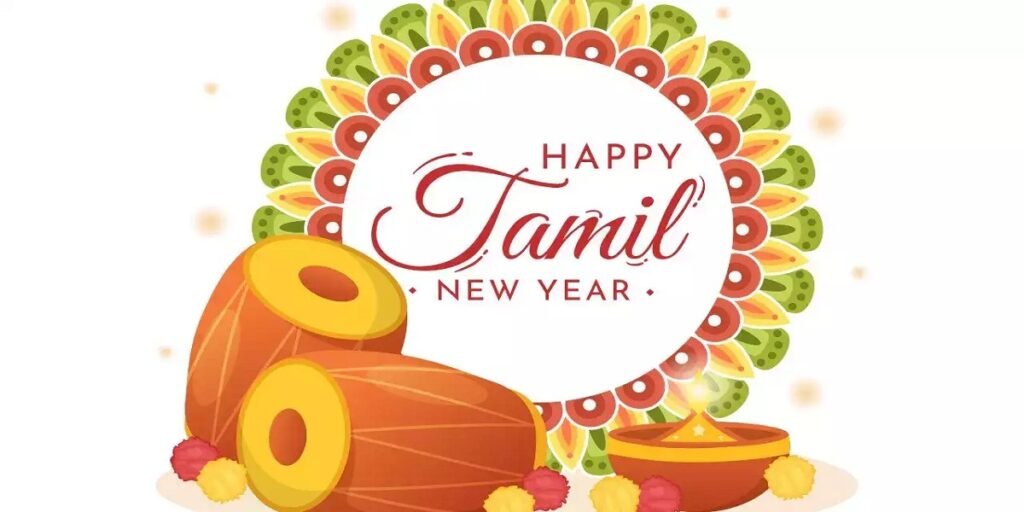The Significance of Tamil New Year
Tamil New Year, also known as Puthandu, is a special occasion celebrated by Tamil Hindus around the world. It marks the beginning of the Tamil month Chithirai and usually falls on April 14th. The date is determined based on the solar cycle of the lunisolar Hindu calendar, giving the occasion cultural relevance and historical significance.
Traditions and Customs
On Tamil New Year, people dress up in their finest attire, meet their loved ones, and host elaborate dinners. It is a time of joy and celebration, where gifts are exchanged, bonds are strengthened, and happiness is spread throughout the region. The day holds traditional importance and is celebrated with various customs that have been passed down through generations.
The Legend Behind the Celebration
According to legend, Tamil New Year is associated with the visit of Lord Indra to Earth. Lord Indra, the king of gods, defied the law of gravity as he traveled on his white chariot into the land of men. During his visit, he took a bath in milk, which is known as “Kiri Saurya” in Tamil. This act symbolizes purity and divine blessings.
Additionally, the Tamil community believes that Lord Brahma, the creator of the world, began his creation on this auspicious date. The combination of these legends and beliefs gives Tamil New Year both cultural and religious significance, making it an important occasion for everyone to celebrate.
The Celebration of Tamil New Year
On Tamil New Year, people make an extra effort to dress fancily and practice customs that hold traditional significance. One such custom is greeting each other with the phrase “Puthandu Vazthukal,” which means “Happy New Year” in Tamil. This gesture of goodwill and blessings sets the tone for the day.
The blessings of the elders are considered essential for one’s success, and therefore, they play a significant role in Tamil New Year celebrations. Younger members of the family seek the blessings of their elders, who in turn offer their good wishes and prayers for a prosperous year ahead.
Another important aspect of the celebration is the preparation of a special dish called “Mango Pachadi.” This dish is made with raw mangoes, jaggery, neem flowers, and other ingredients, symbolizing the different flavors of life. It represents the acceptance and celebration of life’s ups and downs, teaching us to embrace all experiences with grace.
Throughout the day, people visit temples to seek the blessings of the deities. They offer prayers, perform rituals, and participate in religious ceremonies. The temples are adorned with beautiful decorations, and devotees gather to celebrate and express their devotion.
Tamil New Year Celebrations Around the World
Tamil New Year is not only celebrated in Tamil Nadu, but also by Tamil Hindus residing in various countries such as Sri Lanka, Malaysia, Singapore, Mauritius, and other parts of the world. Despite being away from their homeland, Tamils come together to celebrate their cultural heritage and keep their traditions alive.
The celebrations in different countries may have their unique elements, but the essence of Tamil New Year remains the same – spreading joy, strengthening bonds, and honoring the traditions of the Tamil community.
In Conclusion
Tamil New Year, also known as Puthandu, is a significant occasion for Tamil Hindus around the world. It is a time to celebrate the beginning of a new year, embrace traditions, and seek blessings for a prosperous future. The legends and customs associated with Tamil New Year add depth and meaning to the celebrations, making it a special and joyous occasion for all.
